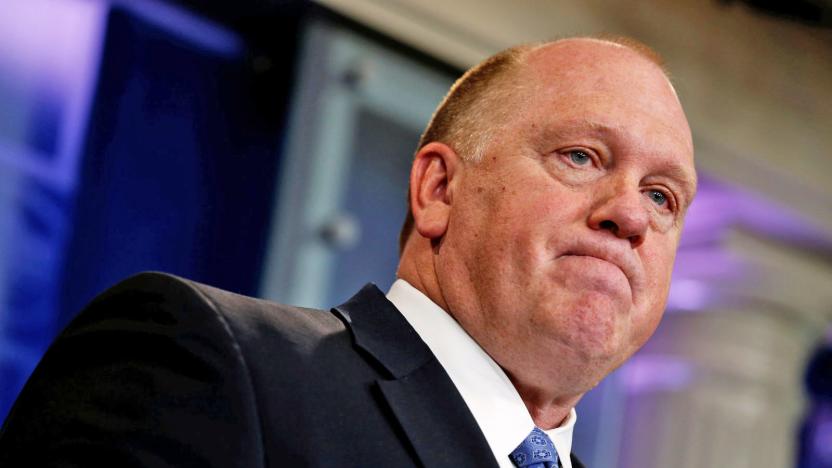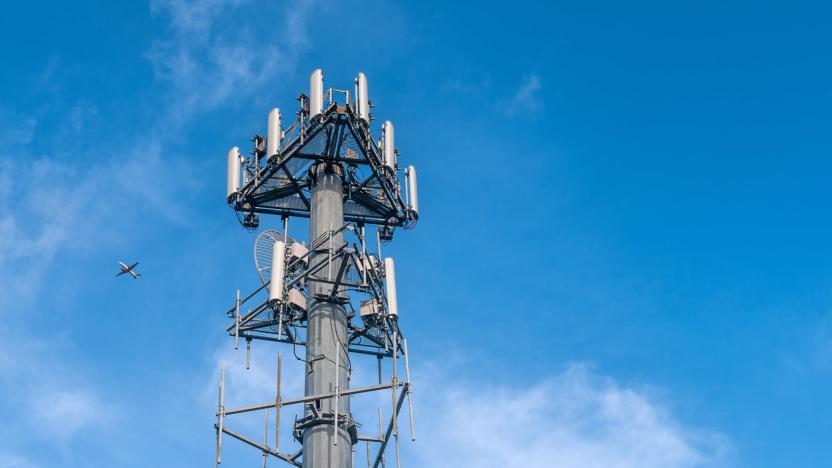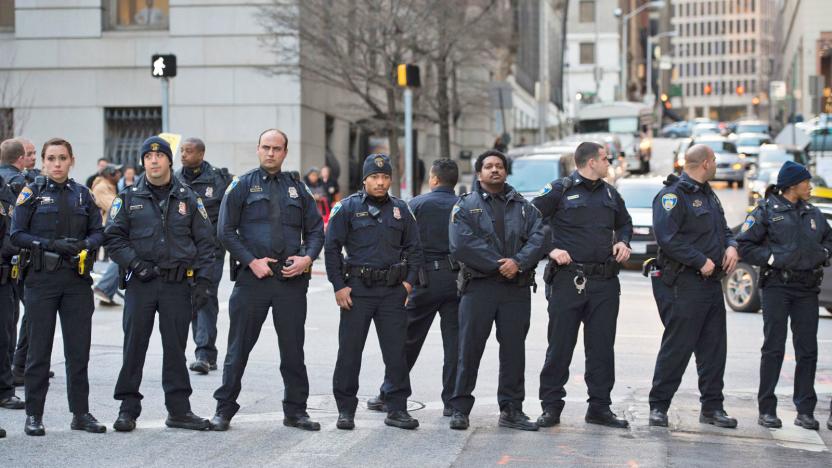TL17STNG
Latest

Judge rules NYPD needed a warrant before using cell-site simulator
A Brooklyn judge has ruled that because the New York Police Department (NYPD) used a cell-site simulator, also known by the brand name Stingray, to track down a murder suspect without a warrant, some evidence against the suspect will be thrown out. As the New York Times reports, the NYPD initially denied using such a device in this case, but later conceded that it had. Following the suspect's arrest, he was picked out of a lineup by another victim, and that's what is being tossed out.

Court rules Stingray use without a warrant violates Fourth Amendment
Today, the Washington DC Court of Appeals overturned a Superior Court conviction of a man who was located by police using a cell-site simulator, or Stingray, CBS News reports. The court ruled that the defendant's Fourth Amendment rights were violated when law enforcement tracked down the suspect using his own cell phone without a warrant.

ICE insists it doesn’t use Stingrays to track undocumented immigrants
In a letter (PDF), the acting director of the Immigration and Customs Enforcement (ICE) said that the agency doesn't use its Stingray mobile call-intercepting devices while enforcing immigration laws. It does deploy them when pursuing criminal suspects, however, and individual agents might use them while acting in a joint task force with other federal officers.

Researchers use rideshare vehicles to uncover stingray use
It's a badly kept secret that law enforcement uses fake cell phone towers, called stingrays, that can track phones and eavesdrop on communications. But one research team has taken it upon themselves to sniff them out -- and at a reasonable cost, reports Wired. A group of Seattle-based researchers paid fifteen different rideshare service drivers $25 a week each for two months to drive around with a custom-made device in the back of their car. Called SeaGlass, it had a Raspberry Pi computer, a hotspot, an Android phone, a GPS module and a GSM modem. All totaled, each suitcase-sized box had about $500 worth of equipment inside. The team's mission was to map every cell tower that connected to both the modem and Android phone while the cars were driving through the city.

Federal agents used a Stingray to track an immigrant's phone
Investigators from Immigration and Custom Enforcement as well as the FBI have been using controversial cell-spoofing devices to secretly track down undocumented immigrants, court records show. According to a report the Detroit News, which obtained an unsealed federal search warrant affidavit, FBI and ICE agents in Michigan used a Stingray device to ensnare a restaurant worker from El Salvador in March. The devices, which were originally intended for counter-terrorism use, have come under fire because there are currently no clear rules governing when law enforcement is allowed to deploy them. Even in cases where authorities have a clear target in mind, they run the risk of exposing personal information of other innocent people in range.

House bills would ban warrantless use of fake cell sites
House representatives are making good on their plans to implement clearer cellphone surveillance laws. A bipartisan group (led by House Oversight Committee chair Jason Chaffetz) has put forward two bills that would keep the use of Stingrays and other cell site simulators in check. The most prominent, the Cell Location Privacy Act, would require that law enforcement get a probable cause warrant before using one of these fake cell sites to track suspects. There would be exceptions for "exigent circumstances" and foreign intelligence gathering.

Baltimore PD's phone surveillance allegedly violated FCC rules
A new legal complaint filed by a Georgetown Law professor claims that law enforcement agencies using Stingray cell-site spoofing devices are in violation of standard FCC rules because they don't have the proper spectrum licenses to operate the equipment. The complaint, filed by professor Laura Moy on behalf of three different advocacy groups, specifically calls out the Baltimore Police Department for violating the Communications Act, blocking emergency 911 service and disproportionately affecting African American neighborhoods in Baltimore.

Federal judge throws out evidence obtained by 'stingray' trackers
A federal judge has taken a stand against the use of "stingray" -- cell phone baiting surveillance devices used by the police and other government agencies. District Judge William Pauley decided to suppress evidence obtained by the stingray setup, ruling earlier this week that the defendant Raymond Lambis, charged in connection to a drug trafficking probe, had his rights violated when surveillance equipment was used without a warrant. The Drug Enforcement Administration used the tracker to find Lambis' apartment by pinging the defendant's cell phone, revealing his location down to the apartment number. "Absent a search warrant, the government may not turn a citizen's cell phone into a tracking device," Pauley wrote in the ruling.

NYPD used Stingrays over 1,000 times since 2008
Until now, New York City's police department hadn't disclosed any information about whether or not it used so-called Stingrays to monitor cell phone activity. In response to an NYCLU (NYCLU) request, the NYPD admitted that it used the devices over 1,000 times between 2008 and May 2015. What's more, NYPD doesn't have a written policy in place that guides how the tech should be used. As a refresher, Stingrays create a fake 2G cellular network that can be used to track the locations and monitor call or text activity in a certain area. Even when a specific mobile device is targeted, information from other phones in the area is still accessible.

Here are the devices law enforcement use to spy on you
The Intercept obtained the catalog of devices used by federal and local law enforcement to collect and monitor cell phone data. The tracking hardware -- including the infamous Stingray -- in the catalog is accompanied by its capabilities including, limitations, "planning factors," price and manufacturer. From handheld pieces of electronics that can track a few phones to boxes that can target as many as 10,000 unique cellphones the list is chilling reminder that even if you're not under investigation, you're being tracked if you're in the wrong place at the wrong time.






